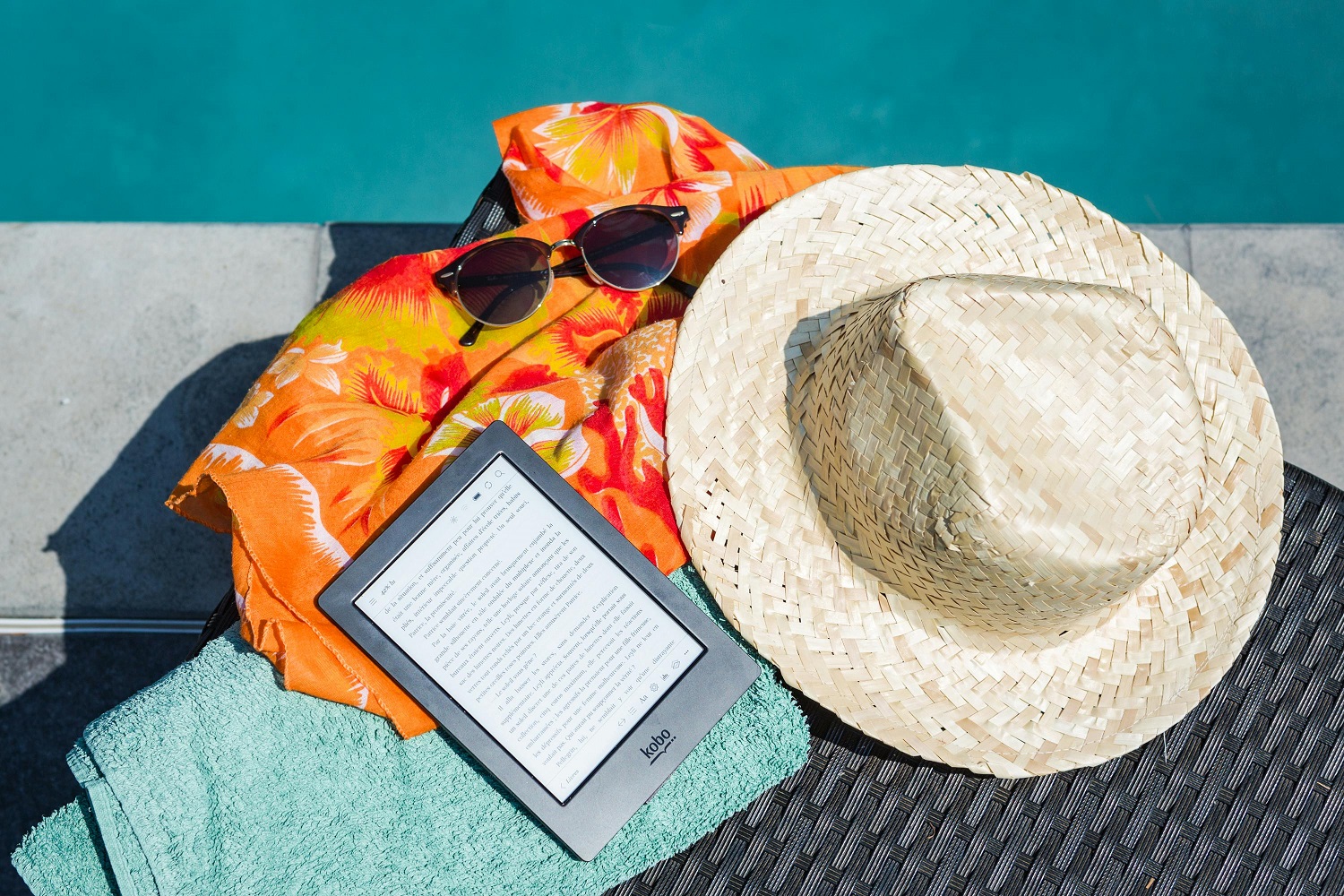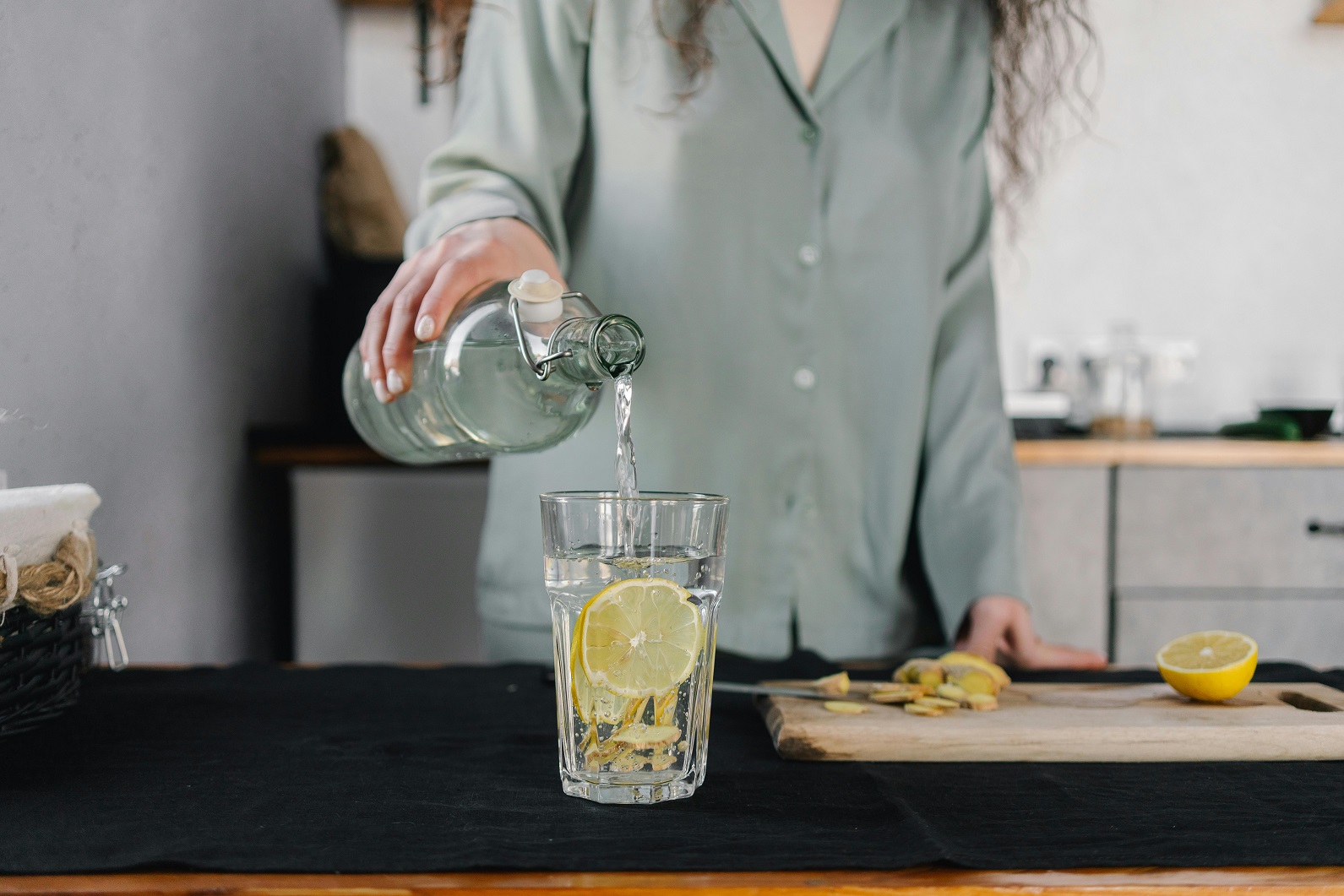Staying safe in the Sun : Summer Health Tips

It’s summertime… whether you are staying locally or planning a holiday abroad, here are some tips to stay safe in the sun and heat.
Skin Protection from ultraviolet (UV) Radiation
There are two types of UV rays that can contribute to skin damage. UVA rays, which are linked to skin ageing and UVB rays, which cause sunburn. Both types can contribute to the development of skin cancer.
Here are some precautionary measures to take when you are outdoors:
Check the UV index
- Checking the UV index on weather apps on your phone can help you determine the degree of precaution that needs to be taken.
- The UV index can range from 0 to 11+. The higher the UV index, the greater the risk for damage to the skin or eyes and the less time it takes for damage to occur. In general, sun protection is required from UV index of 3 and upwards.
Some degree of sun protection may still be required with a UV index of less than 3, especially if your skin burns easily.
Avoid being in direct sunlight between 11am and 3pm
- Find a shaded area between these timings as it is the hottest time of the day. When the UV index is high (6 and above), avoiding direct sunlight may be necessary for a longer period, ideally between 10am and 4pm.
Wear protective clothing
The effectiveness of clothing to protect against UV rays is dependent on several factors:
- The tightness of the fabric weave – the tighter the weave, the greater the protection.
- Synthetic fibres, like polyester, provide better protection compared to cotton, especially if the garment is wet.
- The colour of the fabric – dark or bright colours, such as black, navy blue or red give greater protection compared to lighter colours like pastels, yellow or white.
- Coverage – as expected, the more skin covered, the better the protection.
- Loose fitting clothes provide better protection than tight fitting clothes.
- Some garments have an Ultraviolet Protection Factor (UPF); the UPF is a measure of protection against UV radiation, (equivalent to the Sun Protection Factor (SPF) used for sunscreens). The higher the UPF rating, the better the garment is at blocking UV rays.
Wear Hats and Sunglasses
- Wide-brimmed hats are the best option as they will also protect the ears, back of the neck as well as the face. Avoid hats with holes, such as straw hats as they will let UV rays through – choose hats with a tightly woven fabric, such as canvas. Baseball caps will provide some protection, such as the scalp for bald patches; however, the ears, cheeks and back of the neck will remain exposed.
- Sunglasses are important to wear to protect the eyes and the skin around the eyes from UV damage. The darkness of the tint does not indicate the level of UV protection. When choosing sunglasses, ensure they are labelled as “UV400” – this will provide good protection against UVA and UVB rays. Additionally, opt for large, wrap-around frames to ensure good coverage.
Apply Sunscreen
- Choose sunscreen with a minimum sun protection factor (SPF) of 30. The SPF rating is in reference to UVB rays.
- Ensure the sunscreen also covers UVA rays – the bottle should have a UVA logo.
- Choose water-resistant sunscreen.
- Pay particular attention to areas of the body commonly missed: ears, nose, lips, back of the neck, tops of the feet and hands. The use of a lip balm containing sunscreen can be used for the lips.
- Apply sunscreen 15-30 minutes before sun exposure to areas not covered by clothing.
- Re-application is important every 2-3 hours, particularly after swimming, sweating or partaking in any activity that can cause the sunscreen to rub off through friction.
- Children and those with sensitive skin should use physical sunscreens instead of chemical sunscreens. Physical sunscreens are identified by the active ingredients, zinc oxide or titanium dioxide. Hybrid sunscreens are a combination of ingredients from both physical and chemical sunscreens.
- Babies less than 12 months of age should be kept in the shade as much as possible. Avoid using sunscreens on babies under the age of 6 months – however if you require sunscreen for your baby, speak to your doctor before travelling.
- Caution:- Surfaces such as water, snow or sand can reflect the rays of the sun and extra caution should be taken. - Cloudy days - sun protection is just as important on cloudy days as 80% of the sun’s rays can penetrate clouds.
Avoid tanning beds
- Ultraviolet radiation from tanning beds can cause skin ageing and skin cancer.

Staying Hydrated in the Heat
- Sip water or fruit-infused water throughout the day. Other options include coconut water or fresh natural juice to stay well hydrated.
- Observe the colour of your urine – the clearer it is, the better hydrated you are. If it is darker than normal, this may indicate dehydration and you will need to increase your fluid intake.
- Avoid alcohol – alcohol can act as a diuretic i.e. increases the production of urine, thereby contributing to dehydration.
- If you are not in direct sunlight, the type of clothing that is preferable in the heat is lighter clothing such as linen or cotton to keep cool. However, as described above, lighter clothing with loose weaves are less effective at protection from UV rays.
- Try to seek shade and spend time in cool areas during the middle of the day, when the temperatures are at the highest.
- Include fruits and non-starchy vegetables with most meals or as snacks. They are high in water content and contain important minerals and vitamins to help prevent dehydration.
Any questions?
If you have any questions or comments, please write to us on employeebenefits.mea@howdengroup.com
References
- Sun Protection Fact Sheet - BAD Patient Hub
- Radiation: Protecting against skin cancer
- Sun Safety Facts | Skin Cancer | CDC
- Sunscreen FAQs
- Staying hydrated in the heat: what the public can learn from professional athletes
Disclaimer:
The content in this article is for general informational purpose and is not meant to replace or substitute for professional medical advice, diagnosis or treatment. Always consult a qualified healthcare professional with any questions or concerns about your health.